- Home
- Articles
- Architectural Portfolio
- Architectral Presentation
- Inspirational Stories
- Architecture News
- Visualization
- BIM Industry
- Facade Design
- Parametric Design
- Career
- Landscape Architecture
- Construction
- Artificial Intelligence
- Sketching
- Design Softwares
- Diagrams
- Writing
- Architectural Tips
- Sustainability
- Courses
- Concept
- Technology
- History & Heritage
- Future of Architecture
- Guides & How-To
- Art & Culture
- Projects
- Interior Design
- Competitions
- Jobs
- Store
- Tools
- More
- Home
- Articles
- Architectural Portfolio
- Architectral Presentation
- Inspirational Stories
- Architecture News
- Visualization
- BIM Industry
- Facade Design
- Parametric Design
- Career
- Landscape Architecture
- Construction
- Artificial Intelligence
- Sketching
- Design Softwares
- Diagrams
- Writing
- Architectural Tips
- Sustainability
- Courses
- Concept
- Technology
- History & Heritage
- Future of Architecture
- Guides & How-To
- Art & Culture
- Projects
- Interior Design
- Competitions
- Jobs
- Store
- Tools
- More
Modern Interiors: A Quick Guide to Stylish and Functional Design
Discover the essentials of modern interiors with this comprehensive guide. Learn how to create sleek, functional spaces using clean lines, open layouts, neutral palettes, and textural contrasts. From smart furniture choices to minimalist decor and lighting tips, explore how to balance style and practicality for contemporary living that radiates harmony and comfort.
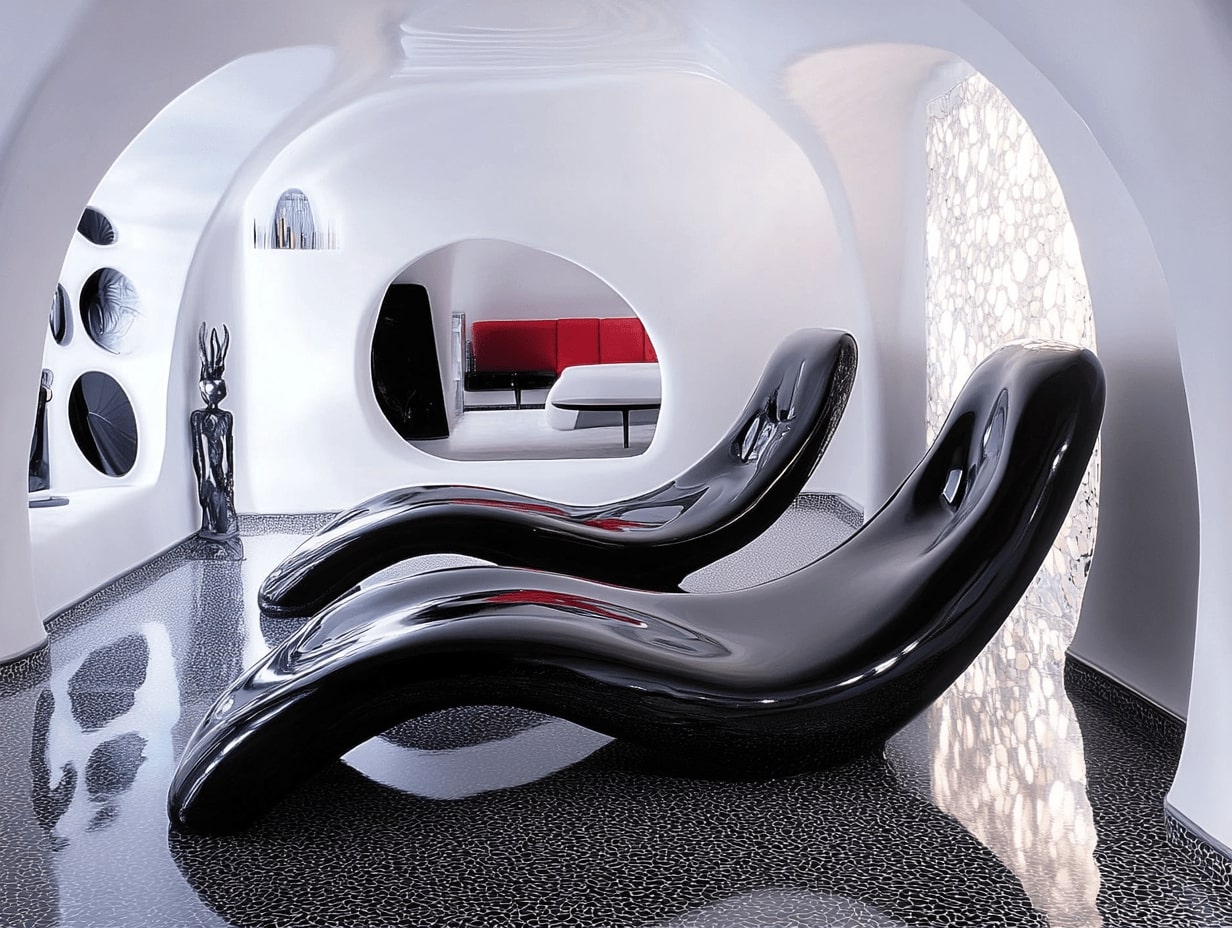
When it comes to modern interiors, simplicity and functionality take center stage. It’s all about clean lines, open spaces, and a perfect balance of form and function. We’ve seen how this design style effortlessly blends minimalism with comfort, creating spaces that feel both sleek and inviting.
Modern interiors aren’t just a trend—they’re a lifestyle choice. They reflect our need for harmony in a fast-paced world, offering a sense of calm and order. Whether it’s through neutral color palettes, innovative materials, or smart layouts, modern design adapts to our evolving needs without compromising style.

Table of Contents
ToggleUnderstanding Modern Interiors
Modern interiors combine functionality with aesthetic simplicity, emphasizing a balance between form and practical use. They reflect contemporary lifestyles by incorporating innovative design elements and efficient use of space.
Key Characteristics of Modern Design
Modern design prioritizes minimalism and practicality, featuring uncluttered layouts and streamlined elements. Clean lines dominate furniture and architectural details, avoiding excessive ornamentation. Neutral color palettes, like whites, grays, and beige, establish a calm ambiance. Open floor plans enhance spatial flow and foster connectivity in shared areas. Large windows or glass elements maximize natural light, creating bright, airy spaces.
Common Materials and Textures Used
Materials play a crucial role, blending industrial and organic elements. Metals, such as steel and chrome, are commonly integrated into fixtures and furnishings. Glass surfaces enhance transparency and light reflection. Wood, particularly lighter tones like oak or birch, adds warmth without overshadowing the minimal aesthetic. Textural contrasts, achieved with fabrics like cotton or wool and finishes like matte or polished surfaces, introduce depth and interest.

Designing a Modern Living Space
Modern living spaces prioritize simplicity, functionality, and adaptability. Combining clean aesthetics with comfort creates an inviting and stylish environment.
Furniture Selection for Modern Interiors
Furniture in modern interiors features clean lines and a minimalist design. We focus on pieces with sleek profiles and smooth finishes, avoiding ornate details. Modular sofas, low-profile coffee tables, and open shelving systems work well for adaptable layouts. Neutral upholstery materials, like leather or fabric in muted tones, maintain the aesthetic while ensuring durability. Statement pieces, such as an accent chair or a geometric light fixture, add a focal point without overwhelming the space.
Color Palette Choices
Modern color palettes emphasize neutral tones to create a calm and cohesive foundation. We recommend shades like white, beige, gray, and light taupe for walls and larger furnishings. For accent colors, muted blues, earth tones, or greens bring subtle contrast. If incorporating bold tones, it’s best to restrain them to accessories like rugs, artwork, or throw pillows. Monochromatic schemes combined with textural variety maintain simplicity while preventing monotony.

Combining Functionality and Aesthetics
Modern interiors balance practical needs with visual appeal, creating spaces that are both useful and inviting. Every element serves a purpose while maintaining a cohesive, stylish design.
Storage Solutions in Modern Designs
Efficient storage options reduce clutter and enhance usability. Built-in cabinetry with sleek finishes, such as matte white or light wood, offers concealed storage for a tidy appearance. Multi-functional furniture, like ottomans with hidden compartments or beds with underframe drawers, maximizes space in smaller rooms. Open shelving with neatly arranged items and minimal decor integrates style with accessibility. Floating shelves and modular wall units can highlight curated pieces without sacrificing storage efficiency.
Incorporating Technology Seamlessly
Integrated technology enhances convenience and complements modern interiors when discreetly incorporated. Smart home systems, such as voice-controlled lighting or thermostats, increase functionality without disrupting the design. In-wall wiring for media devices eliminates visible cables, maintaining a clean look. Furniture like media consoles with built-in charging stations subtly addresses tech needs. Hidden speakers or retractable projectors blend advanced features with streamlined aesthetics.

Decorating Tips for Modern Interiors
Modern interiors depend on thoughtful decor choices that balance simplicity and functionality. We focus on lighting and minimalist decor to achieve cohesive, stylish spaces.
Choosing the Right Lighting
Lighting defines the ambiance of modern interiors. We recommend layering light sources through ambient, task, and accent lighting. Ceiling-mounted fixtures or recessed lights provide general illumination. Pendant lights or floor lamps create focused task lighting, ideal for reading nooks or kitchen islands. Accent lighting, such as LED strips or wall sconces, highlights architectural features or decor pieces.
Fixture selection also impacts aesthetics. Choose materials like metal or glass for a modern look and sleek designs that match clean lines. Utilize dimmer switches or smart lighting systems to adjust brightness based on time of day or mood.
Adding Minimalist Decor Elements
Minimalist decor emphasizes simplicity and purpose. We suggest selecting a few high-quality pieces rather than crowding spaces with excessive items. Sculptural vases, abstract art, or geometric mirrors serve as focal points without overwhelming. Neutral-toned throws or textured rugs add warmth while maintaining a clean appearance.
Functionality is key when choosing decor. Opt for versatile elements like stackable storage boxes or modular shelving. Natural materials like wood or stone enhance warmth, while metallic finishes provide contrast. Keep surfaces uncluttered, focusing only on items that add value to the overall design.
Conclusion
Modern interiors bridge style and functionality, creating spaces that reflect contemporary lifestyles. Our focus remains on simplicity, versatility, and innovative design, helping us adapt to fast-evolving needs without compromising comfort. Key principles like clean lines, open layouts, and neutral color schemes shape inviting environments that balance form and purpose.
Smart furniture choices, efficient storage, and discreet technology integration optimize usability while maintaining a sleek aesthetic. Layered lighting and minimalist decor accentuate the overall design, adding depth and visual harmony. By blending industrial materials with organic textures, we achieve a timeless yet modern aesthetic that enhances livability.
- chic home interiors
- customizable home designs
- elegant home interiors
- functional office spaces
- innovative design solutions
- latest interior design trends
- modern aesthetic homes
- modern design solutions
- modern kitchen layouts
- practical interior designs
- sleek home architecture
- small space design tips
- smart home designs
- stylish bedroom ideas
- trendy decor ideas
- urban interior concepts
Submit your architectural projects
Follow these steps for submission your project. Submission FormLatest Posts
Modern American Homes: Interior Design Trends to Watch in 2026
Interior design in the United States is evolving toward warmer, more adaptable,...
10 Popular Interior Design Styles in the USA
Interior design in the USA reflects a wide range of lifestyles, cultural...
BXB Studio’s Hybrid Interior: Redefining the Modern Architectural Workplace
The Warsaw headquarters of BXB Studio was established in a modest 70...
5 Must-Know Interior Design Trends in American Homes
From warm minimalism to bold oversized artwork, these five interior design trends...



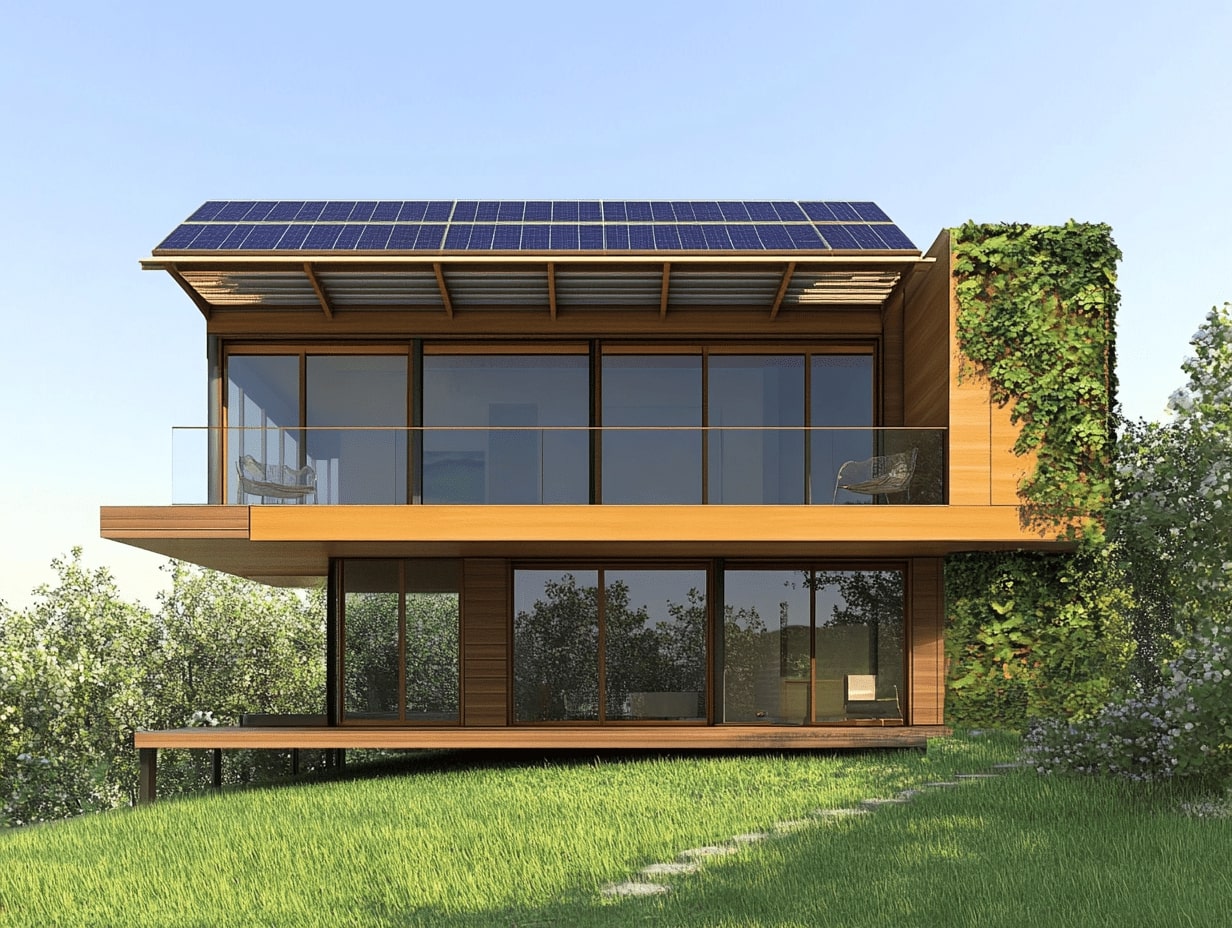
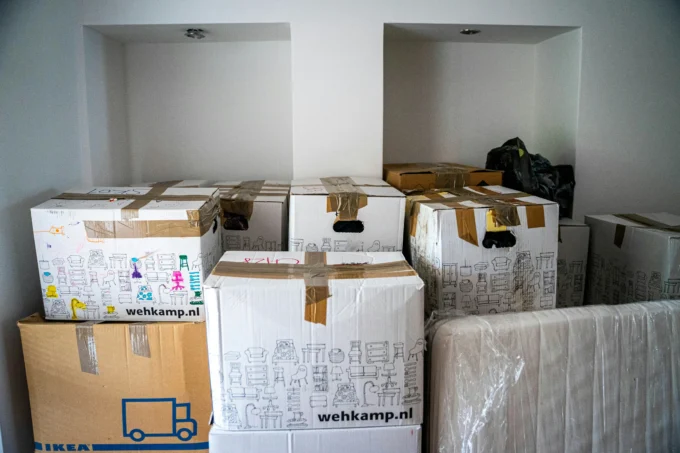

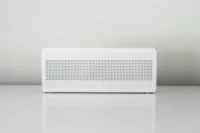


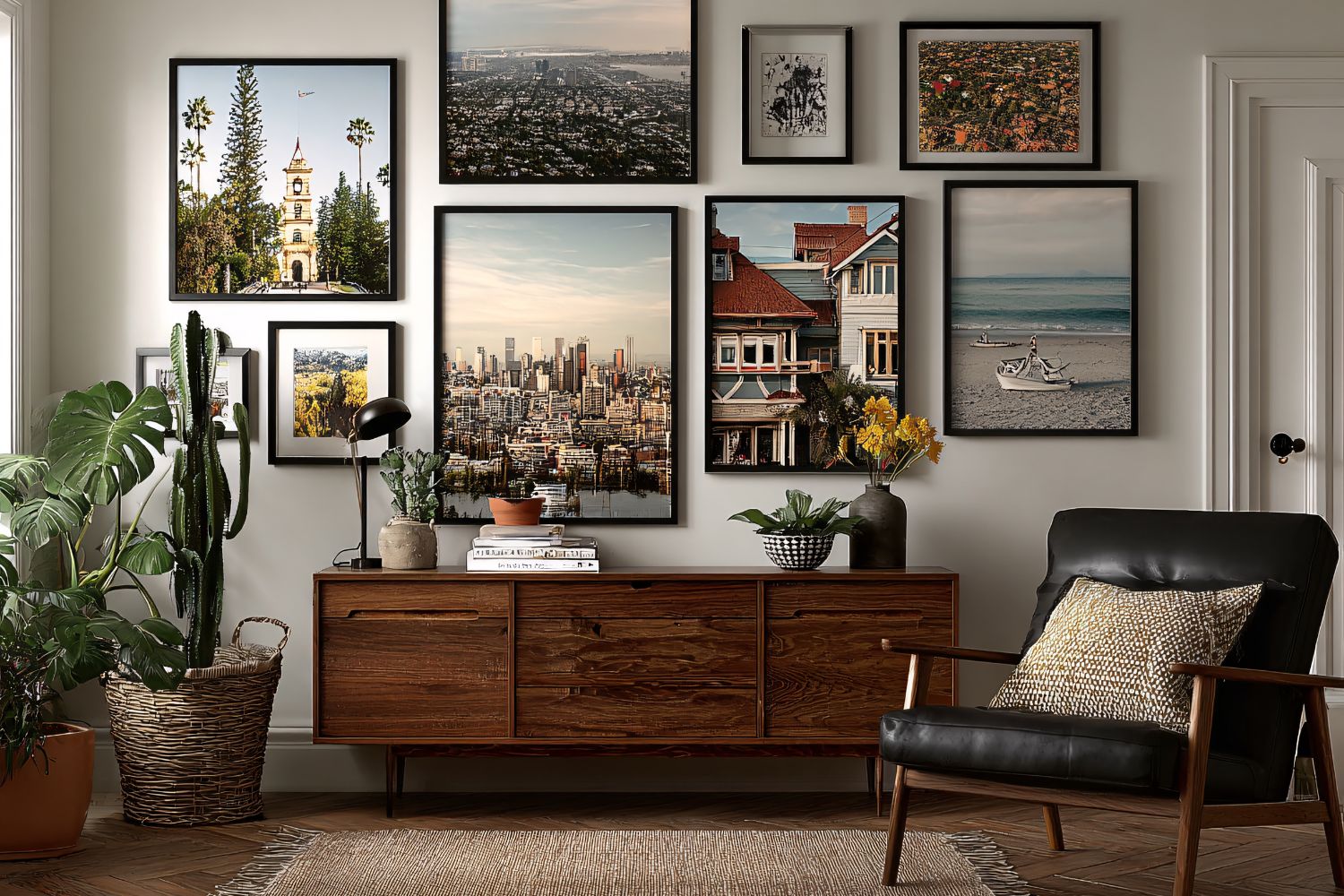

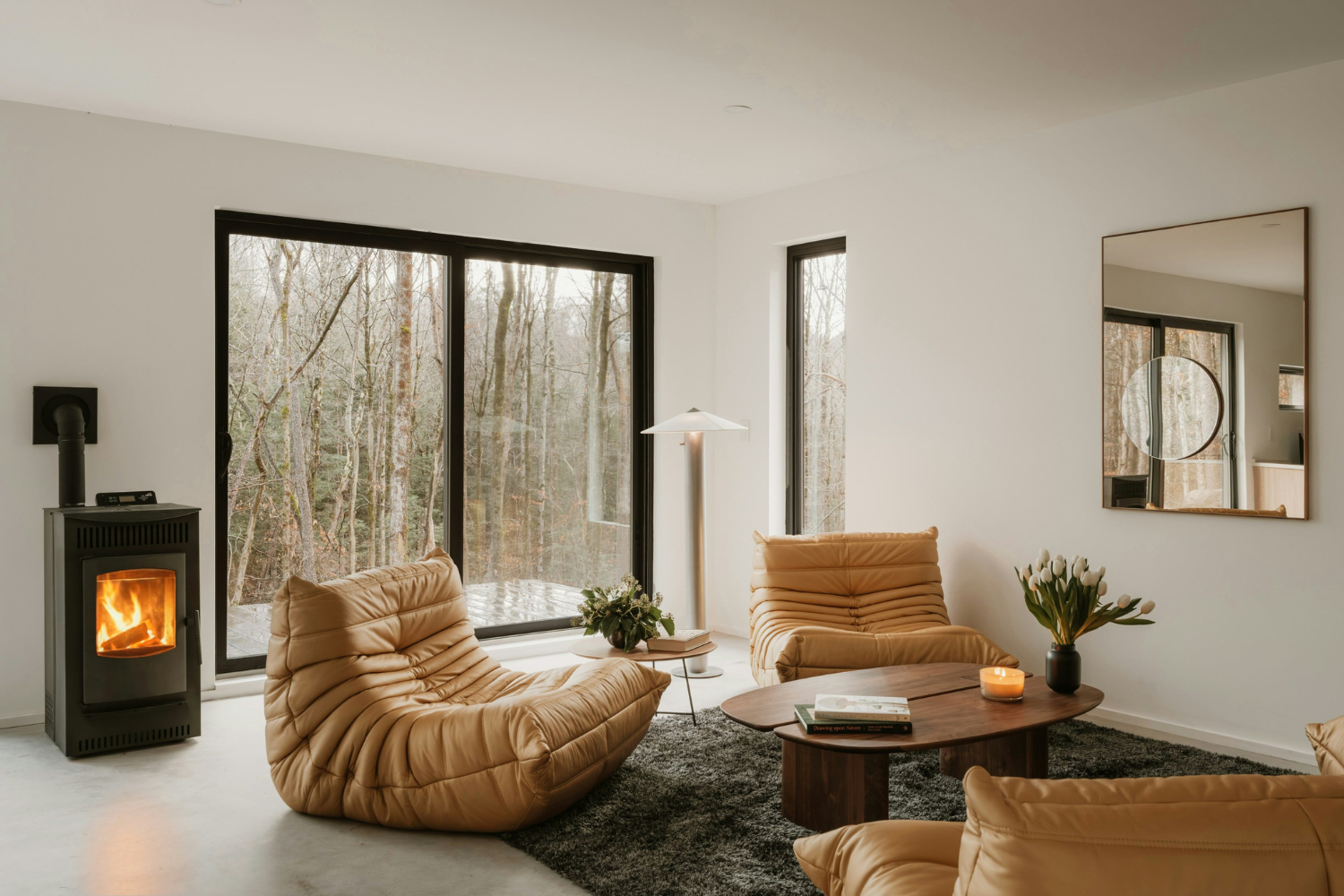
Leave a comment